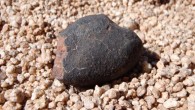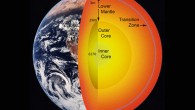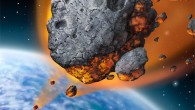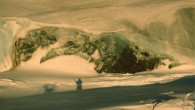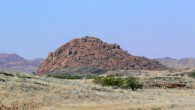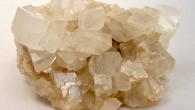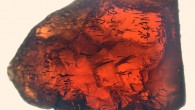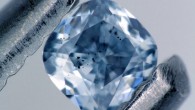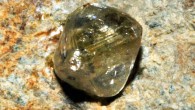A team of researchers from Rensselaer Polytechnic Institute and the University of Texas Austin has used a new technique to analyze tiny amounts of gas trapped inside 215-million-year-old rocks from the Colorado Plateau and the Newark Basin. Their results show that oxygen levels in these rocks leapt by nearly a third in just a couple of million years, possibly setting the scene for a dinosaur expansion into the tropics of North America and elsewhere. Chindesaurus...

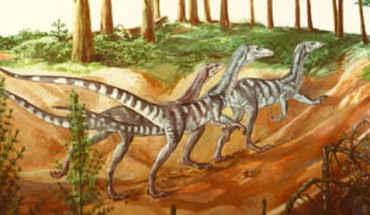
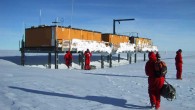
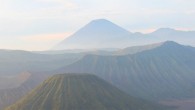
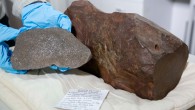
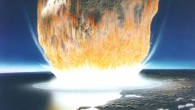
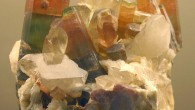
![Backscattered electron images of experimental charges. Locations of images (A) to (D) from sediment-peridotite reaction experiments are schematically shown in capsule on the left. (A, C, and D) - reaction experiments at 5 GPa/1000 degrees Celsius with superimposed energy-dispersive x-ray maps of chlorine [green in (C) and (D)]. The sediment half of two-layer experiments recrystallized to garnet and clinopyroxene (Cpx), whereas orthopyroxene (Opx), magnesite (Mgs), and Na-K chlorides formed at the leading edge of the reaction zone against the peridotite. (B) - peridotite layer in the reaction experiment at 3 GPa/900 degrees Celsius contained phlogopite (Phl) behind the magnesite plus orthopyroxene zone, and Na-K chlorides were absent. (E and F) - sediment melting experiment (no peridotite included) at 4 GPa/1000 degrees Celsius showing silicate melt (E) in equilibrium with garnet (Gt), coesite (Coe), and Mg calcite (Mg-Cc) shown in (F). Scale bars - 100 μm (A and B) and 20 μm (C to F). Image credit: Förster et al, doi: 10.1126/sciadv.aau2620.](https://cdn.sci.news/images/2019/05/image_7241-Diamond-Salts-195x110.jpg)

